Ultimate Full Body Resistance Workout Guide
Full Body Resistance Workout: Target Every Muscle Group
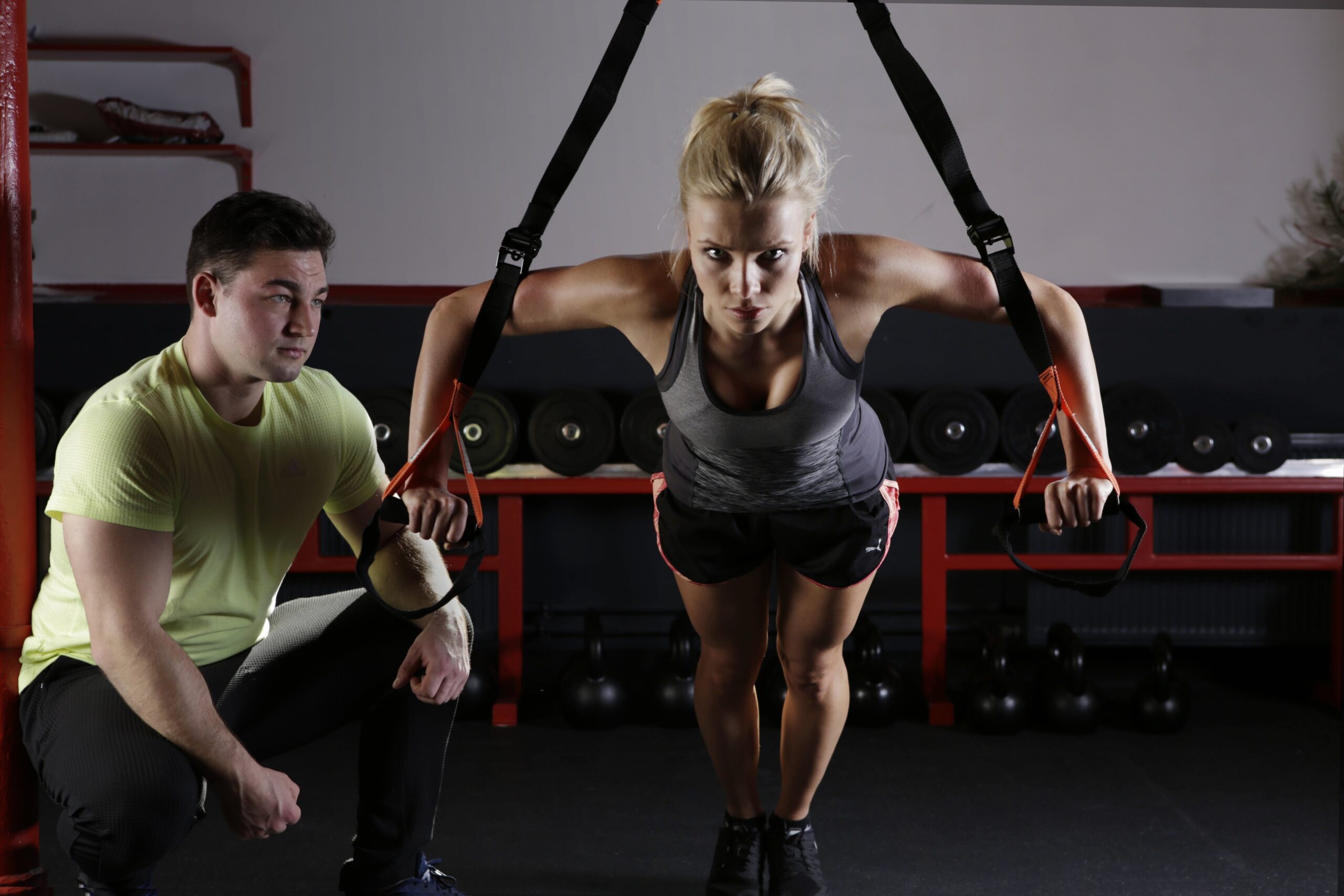
Key Highlights
- A full body resistance workout is an effective way to target every muscle group and promote muscle growth.
- Strength training exercises using resistance bands or free weights can be performed to engage major muscle groups.
- Compound exercises that involve multiple muscle groups are particularly beneficial for maximizing your workout.
- By incorporating exercises like squats to overhead press, resistance band pull-aparts, dumbbell deadlifts, plank rows, chest press on stability ball, Bulgarian split squats, kettlebell swings, and core rotation with resistance band, you can effectively work out your entire body.
- Maximizing your workout involves creating a well-rounded workout plan, incorporating progressive overload, rest and recovery, and focusing on specific goals.
Introduction
Resistance training is an essential component of any fitness routine, as it helps build strength, increase muscle mass, and improve overall fitness. A full body resistance workout is a great way to target every muscle group in one session, ensuring that your entire body gets the exercise it needs. Whether you’re a beginner or an experienced fitness enthusiast, incorporating resistance exercises into your routine can help you achieve your fitness goals.
In this blog, we will explore the benefits of full body resistance workouts and provide a comprehensive guide to help you effectively target each muscle group. We will discuss various exercises that can be performed using resistance bands or free weights to engage major muscle groups. These exercises, also known as compound exercises, involve multiple muscle groups working together, making them highly efficient and effective in building strength and promoting muscle growth.
If you’re looking to challenge your body and take your workouts to the next level, a full body resistance workout is the way to go. So, let’s dive in and discover the best exercises to target every muscle group and maximize your workout.
Comprehensive Guide to Full Body Resistance Workouts
A full body resistance workout involves engaging all major muscle groups in a single workout session. This can be achieved using resistance bands or free weights, such as dumbbells or barbells. These tools provide the necessary resistance to challenge your muscles and promote muscle growth.
Compound exercises are particularly effective in a full body resistance workout as they engage multiple muscle groups simultaneously. By targeting major muscle groups, such as the legs, chest, back, shoulders, and core, compound exercises help you maximize your workout and achieve optimal results.
Some common compound exercises that can be incorporated into a full body resistance workout include squats to overhead press, resistance band pull-aparts, dumbbell deadlifts, plank rows, chest press on stability ball, Bulgarian split squats, kettlebell swings, and core rotation with resistance band. These exercises target different muscle groups and involve complex movements that require coordination and stability. By performing these compound exercises, you can effectively work out your entire body and achieve a balanced and functional physique.
1. Squat to Overhead Press
The squat to overhead press is a compound exercise that targets the legs, shoulders, and core. It involves performing a squat followed by an overhead press.
To perform this exercise, start by standing with your feet hip-width apart, holding a pair of dumbbells at shoulder height. Lower your body into a squat position, keeping your back straight and your shoulder blades pulled back. Push through your heels to return to the starting position, and as you stand up, press the dumbbells overhead, extending your arms fully. Keep your core engaged throughout the movement to maintain stability. Repeat for the desired number of repetitions.
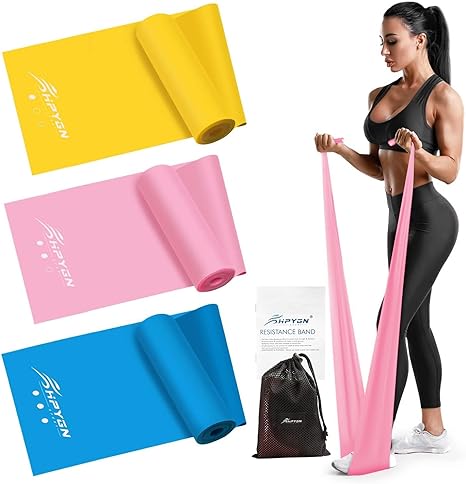 | Resistance Bands, Exercise Bands, Physical Therapy Bands for Strength Training, Yoga, Pilates, Stretching, Stretch Elastic Band with Different Strengths, Workout Bands for Home Gym |
The squat to overhead press is a highly effective exercise for building strength and muscle in the lower body, shoulders, and core. It engages multiple muscle groups and promotes proper alignment and stability. It is important to maintain proper form throughout the exercise, keeping your shoulder blades pulled back and your lower back in a straight line to avoid injury and maximize the benefits of the exercise.
2. Resistance Band Pull-Aparts
Resistance band pull-aparts are an excellent exercise for targeting the upper body, particularly the back muscles. This exercise can be performed using a resistance band, making it a versatile and convenient option for a full body resistance workout.
To perform resistance band pull-aparts, start by standing with your feet shoulder-width apart and hold a resistance band with your hands shoulder-width apart. Extend your arms straight out in front of you at shoulder height. Keeping your shoulder blades pulled back and your back straight, pull the resistance band apart by squeezing your shoulder blades together. Maintain tension in the band as you return to the starting position. Repeat for the desired number of repetitions.
Resistance band pull-aparts are effective in strengthening the upper back muscles and improving posture. By engaging the shoulder blades and maintaining a straight line, this exercise helps to correct muscular imbalances and promote overall upper body strength. Incorporating resistance band pull-aparts into your full body resistance workout can help you achieve a balanced and strong upper body.
3. Dumbbell Deadlifts
Dumbbell deadlifts are a compound exercise that targets the lower body, including the glutes, hamstrings, and quadriceps. This exercise is highly effective in building muscle mass and improving overall lower body strength.
To perform dumbbell deadlifts, start by standing with your feet hip-width apart, holding a pair of dumbbells in front of your thighs. Hinge at the hips, keeping your back straight and your core engaged, and lower the dumbbells down towards your shins. Push through your heels to stand up straight, extending your hips and squeezing your glutes at the top of the movement. Maintain a straight line from your head to your heels throughout the exercise. Repeat for the desired number of repetitions.
Dumbbell deadlifts are a versatile exercise that can be modified to suit different fitness levels. By focusing on proper form and maintaining a straight line, you can effectively engage the muscles of your lower body and improve hip mobility. Incorporating dumbbell deadlifts into your full body resistance workout can help you achieve strong and well-developed lower body muscles.
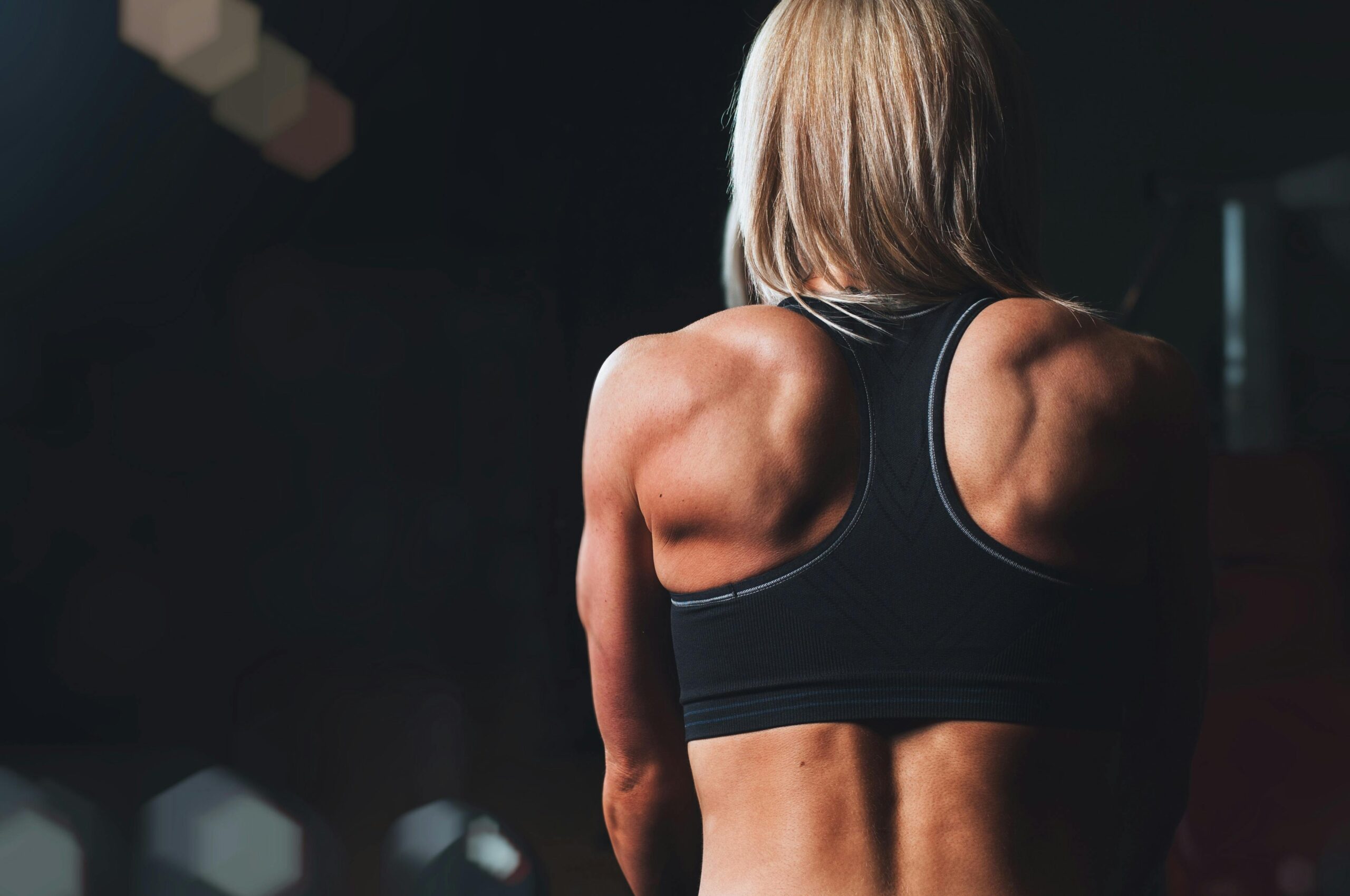
4. Plank Rows
Plank rows are a challenging exercise that targets the core, back muscles, and shoulders. This exercise combines the benefits of a plank with a rowing movement, making it an effective compound exercise for a full body resistance workout.
To perform plank rows, start in a high plank position with your hands on dumbbells positioned directly under your shoulders. Keep your core engaged and your shoulder blades pulled back. Maintaining a straight line from your head to your heels, row one dumbbell up towards your ribcage, squeezing your shoulder blades together. Lower the dumbbell back down and repeat on the other side. Alternate sides for the desired number of repetitions.
Plank rows require core stability and upper body strength, making them an excellent exercise for promoting overall strength and stability. By performing plank rows, you engage the muscles of your core, back, and shoulders, while also challenging your balance and coordination. Incorporating plank rows into your full body resistance workout can help you develop a strong and stable core.
5. Chest Press on Stability Ball
Chest press on a stability ball is an effective exercise for targeting the pectoral muscles and improving upper body strength. This exercise involves performing a chest press while lying on a stability ball, which adds an element of instability and engages the core muscles.
To perform chest press on a stability ball, start by sitting on the stability ball with your feet flat on the floor. Slowly walk your feet forward, rolling down the ball until your head, neck, and upper back are supported by the ball. Hold a pair of dumbbells with your palms facing forward and your elbows bent at 90 degrees. Press the dumbbells up towards the ceiling, extending your arms fully. Lower the dumbbells back down to the starting position. Maintain a straight line from your head to your knees throughout the exercise. Repeat for the desired number of repetitions.
Chest press on a stability ball is a challenging exercise that targets the pectoral muscles and promotes upper body strength. By performing this exercise on a stability ball, you engage your core muscles to maintain stability and balance, making it a highly effective compound exercise for a full body resistance workout.
6. Bulgarian Split Squats
Bulgarian split squats are a unilateral exercise that targets the lower body, including the glutes, quadriceps, and hamstrings. This exercise is highly effective in promoting muscle growth and improving balance and stability.
To perform Bulgarian split squats, start by standing with your back to a bench or step. Place the top of your left foot on the bench, with your right foot planted firmly on the ground in front of you. Lower your body into a lunge position, bending both knees to create a 90-degree angle. Keep your chest up and your core engaged throughout the exercise. Push through your right heel to stand back up to the starting position. Repeat for the desired number of repetitions, then switch legs.
 | Jaeger J-Bands Resistance Bands for Baseball and Softball Pitchers. Baseball Pitching Trainer and Arm Trainer. Baseball Bands for Throwing. Baseball Training Equipment and Laminated Instruction Sheet |
Bulgarian split squats are a challenging exercise that requires balance and stability. By focusing on proper form and maintaining control throughout the movement, you can effectively engage the muscles of your lower body and promote muscle growth. Incorporating Bulgarian split squats into your full body resistance workout can help you achieve a strong and well-rounded lower body.
7. Kettlebell Swings
Kettlebell swings are a dynamic exercise that targets multiple muscle groups, including the glutes, hamstrings, core, and shoulders. This exercise involves swinging a kettlebell between your legs and using the momentum to propel it forward.
To perform kettlebell swings, start with your feet shoulder-width apart and hold a kettlebell with both hands in front of your body. Hinge at the hips, keeping your back straight and your core engaged, and swing the kettlebell between your legs. As you stand up, thrust your hips forward and swing the kettlebell up to shoulder height. Allow the kettlebell to swing back down between your legs as you hinge at the hips again. Repeat for the desired number of repetitions.
Kettlebell swings are a highly effective exercise for improving hip mobility, strengthening the lower back, and increasing heart rate. By performing kettlebell swings, you engage multiple muscle groups and promote cardiovascular endurance. Incorporating kettlebell swings into your full body resistance workout can help you achieve a high-intensity workout and maximize calorie burn.
8. Core Rotation with Resistance Band
Core rotation with a resistance band is a challenging exercise that targets the obliques and improves muscle endurance in the core and lower back. This exercise involves performing a twisting motion while holding a resistance band.
To perform core rotation with a resistance band, start by standing with your feet hip-width apart and hold a resistance band with both hands in front of your body. Engage your core and rotate your torso to one side, pulling the resistance band across your body. Keep your hips and lower body stable throughout the movement. Return to the starting position and repeat on the other side. Alternate sides for the desired number of repetitions.
Core rotation with a resistance band is an effective exercise for strengthening the obliques and promoting muscle endurance in the core and lower back. By incorporating this exercise into your full body resistance workout, you can improve rotational stability and enhance overall core strength.
Maximizing Your Workout: Tips and Strategies
To maximize your full body resistance workout and achieve optimal results, it is important to follow a well-planned workout plan and implement effective strategies. Here are some tips to help you get the most out of your workout:
- Create a workout plan: Develop a structured plan that incorporates a variety of exercises targeting all major muscle groups.
- Use progressive overload: Gradually increase the intensity, duration, or resistance of your exercises to challenge your muscles and promote growth.
- Prioritize rest and recovery: Allow your body time to rest and recover between workouts to prevent overtraining and promote muscle repair and growth.
- Set specific goals: Define clear and achievable goals for your full body resistance workout, such as increasing strength, building muscle, or improving endurance.
- Make each training session count: Focus on maintaining proper form, engaging the targeted muscles, and maximizing your effort during each exercise.
By following these tips and strategies, you can optimize your full body resistance workout and achieve the desired results.
Crafting the Perfect Routine
Crafting the perfect full body resistance workout routine involves targeting all major muscle groups and strategically planning your workouts. Here are some key elements to consider when creating your routine:
- Target major muscle groups: Include exercises that engage all major muscle groups, such as the legs, chest, back, shoulders, and core, to ensure a well-rounded workout.
- Develop a workout plan: Create a structured plan that outlines the exercises, sets, and repetitions for each workout session.
- Incorporate rest days: Allow for rest days between workouts to give your muscles time to recover and promote muscle growth.
- Vary your exercises: Include a variety of exercises that target the same muscle groups from different angles to challenge your muscles and prevent plateaus.
By crafting a well-planned full body resistance workout routine, you can effectively target each muscle group, promote muscle growth, and achieve your fitness goals.
 | Ankle Resistance Bands with Cuffs, Glutes Workout Equipment, Legs Resistance Bands for Kickbacks Hip Glute Training Exercises - Perfect for Home Workouts and Fitness Training for Women |
Importance of Rest and Recovery
Rest and recovery are crucial components of a successful full body resistance workout routine. Here’s why rest and recovery are important:
- Muscle repair: Rest and recovery allow your muscles to repair and rebuild, leading to muscle growth and strength development.
- Reduce risk of injury: Rest days give your body time to recover from the stress of exercise, reducing the risk of overuse injuries and promoting overall injury prevention.
- Day of rest: Incorporating a dedicated day of rest into your routine gives your body a break from intense workouts, allowing for complete recovery.
- Promote muscle growth: Rest and recovery are essential for muscle growth and adaptation. Without sufficient rest, your muscles may not have time to repair and grow, limiting your progress.
By prioritizing rest and recovery in your full body resistance workout routine, you can optimize your results and minimize the risk of injury.
Adjusting Resistance for Progressive Overload
Progressive overload is a key principle in full body resistance workouts, and adjusting the amount of resistance is crucial for continuous progress. Here’s why it matters:
- Strength training: Progressive overload involves gradually increasing the demand placed on your muscles through resistance. This leads to increased strength and muscle development.
- Muscle building: By consistently challenging your muscles with increased resistance, you create micro-tears in the muscle fibers. As they repair, they become stronger and larger, promoting muscle growth.
- Next exercise: Progressive overload sets the stage for continuous improvement. By gradually increasing resistance, you prepare your muscles for the demands of the next exercise in your routine.
By adjusting the amount of resistance in your full body resistance workout over time, you can ensure that your muscles are continuously challenged, leading to ongoing progress and improved strength.
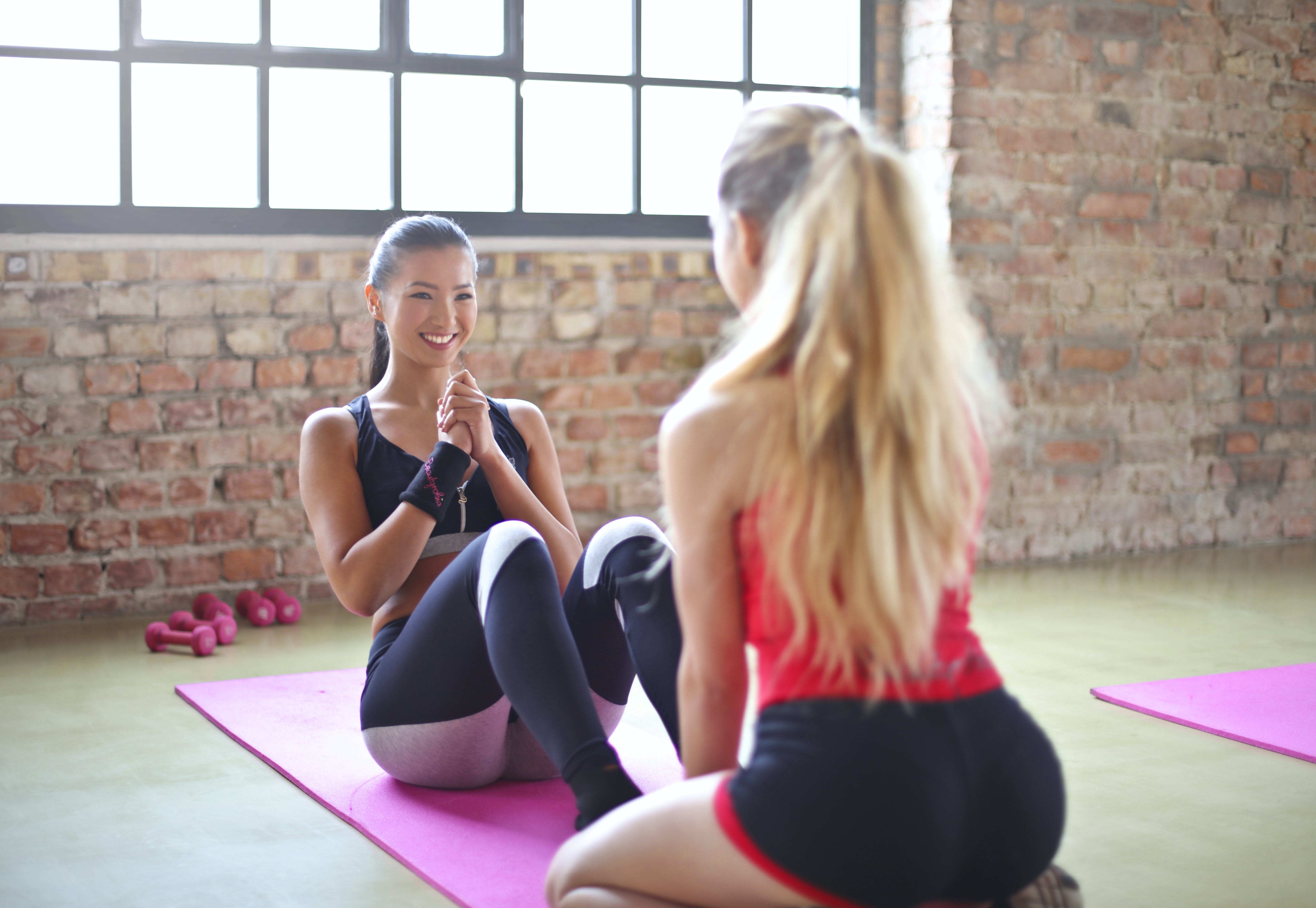
Understanding Resistance Training Equipment
Resistance training equipment can vary, but two popular options are resistance bands and free weights. Resistance bands are versatile and can be used for a variety of exercises that target multiple muscle groups. They are lightweight, portable, and ideal for home workouts. Free weights, such as dumbbells and barbells, provide a greater range of resistance and can be used for exercises that target specific muscle groups. When choosing equipment for your resistance workout, consider your fitness level, goals, and the major muscle groups you want to target.
Free Weights vs. Resistance Bands
Both free weights and resistance bands have their advantages when it comes to resistance training. Free weights, such as dumbbells and barbells, provide a greater range of resistance and allow for progressive overload, which is important for muscle growth and increasing strength. They can be used for a variety of exercises that target specific muscle groups and can be adjusted to suit different fitness levels.
On the other hand, resistance bands offer a different form of resistance that is more focused on stability and control. They are ideal for targeting smaller muscle groups and can be used to add intensity to bodyweight exercises. Resistance bands also provide constant tension throughout the range of motion, which can help improve muscle endurance.
Both free weights and resistance bands can be incorporated into a full body workout routine to target every muscle group. It is important to vary your training sessions and include a mix of exercises using both types of equipment to maximize muscle growth and overall strength.
Must-Have Equipment for Home Workouts
When it comes to home workouts, having the right equipment can make a big difference in the effectiveness of your workouts. Here are some must-have equipment options for home workouts:
|
Equipment |
Benefits |
|
Resistance bands |
Lightweight, portable, versatile, target multiple muscle groups, suitable for all fitness levels |
|
Free weights |
Greater range of resistance, progressive overload, target specific muscle groups, adjustable weight |
|
Exercise mat |
Provides comfort and support for floor exercises, cushioning for joints |
|
Bench or stability ball |
Adds versatility to exercises, allows for incline and decline positions, targets different muscle groups |
|
Pull-up bar |
Targets upper body muscles, helps build upper body strength and muscle mass |
By having these pieces of equipment, you can create a well-rounded workout plan that targets every muscle group and promotes muscle building and strength gains.
Nutrition and Hydration for Optimal Performance
Proper nutrition and hydration play a crucial role in optimizing performance and supporting muscle growth. Before a workout, it is important to fuel your body with the right nutrients to provide energy and aid in muscle performance. This includes consuming a balanced meal or snack that includes carbohydrates for energy, protein for muscle repair, and fluids to stay hydrated.
After a workout, it is important to prioritize post-workout recovery by consuming a combination of protein and carbohydrates to aid in muscle repair and replenish glycogen stores. Hydration is also important during and after exercise to prevent dehydration and promote muscle recovery and growth. Drinking water before, during, and after your workout can help maintain proper hydration levels.
Pre-Workout Nutrition Tips
Fueling your body with the right nutrients before a workout is essential for optimal muscle energy and performance. Here are some pre-workout nutrition tips to consider:
- Consume a balanced meal or snack that includes carbohydrates, protein, and healthy fats.
- Carbohydrates provide energy for your muscles, so include foods such as whole grains, fruits, and vegetables.
- Protein is important for muscle repair and growth, so include lean sources such as chicken, fish, tofu, or Greek yogurt.
- Healthy fats, such as avocado or nuts, can provide sustained energy during your workout.
- Stay hydrated by drinking water before your workout, as dehydration can hinder performance.
- Avoid heavy meals too close to your workout, as they can cause discomfort during exercise. Aim to eat 1-2 hours before your workout.
By fueling your body with the right nutrients before your workout, you can optimize muscle energy, improve strength training performance, and enhance muscle growth and recovery.
Post-Workout Recovery Foods
Proper post-workout nutrition is essential for muscle repair and recovery. After a workout, it is important to consume a combination of protein and carbohydrates to aid in muscle repair, replenish glycogen stores, and promote recovery. Here are some post-workout recovery foods to consider:
- Greek yogurt with berries: Greek yogurt is high in protein and provides essential amino acids for muscle repair, while berries provide antioxidants and carbohydrates for glycogen replenishment.
- Grilled chicken with sweet potatoes: Grilled chicken is a lean source of protein, and sweet potatoes provide complex carbohydrates for glycogen replenishment.
- Protein shake with banana: A protein shake made with whey protein powder and a banana provides a quick and convenient source of protein and carbohydrates for muscle repair and glycogen replenishment.
- Hydration is also important for post-workout recovery, so be sure to drink plenty of water to replenish fluids and prevent dehydration.
By consuming the right post-workout recovery foods, you can support muscle repair, reduce muscle soreness, and enhance overall recovery and muscle growth.
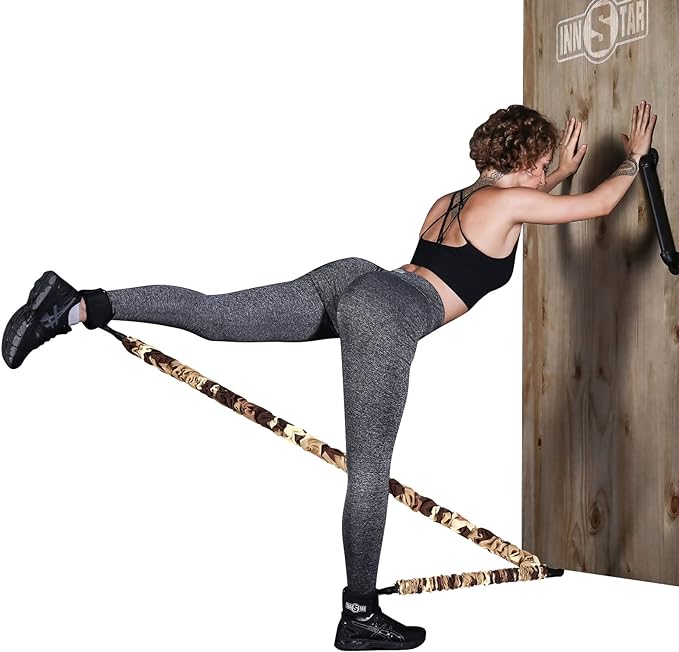
Conclusion
In conclusion, a full-body resistance workout is a fantastic way to target every muscle group efficiently. By incorporating a variety of exercises and focusing on proper form and progression, you can maximize your workout potential. Remember to prioritize rest, nutrition, and hydration to support your body’s recovery and growth. Whether you’re a beginner or experienced, customizing your routine and listening to your body’s needs are key to long-term success in fitness. Stay consistent, stay motivated, and enjoy the journey to a stronger, healthier you!
Frequently Asked Questions
How Often Should I Perform Full Body Resistance Workouts?
The frequency of full body resistance workouts depends on your fitness level, goals, and muscle recovery. As a general guideline, aim to perform full body resistance workouts 2-3 times per week, allowing for rest days in between to promote muscle recovery and avoid overtraining.
 | Fabric Resistance Bands for Working Out - Booty Bands for Women and Men - Exercise Bands Resistance Bands Set - Workout Bands Resistance Bands for Legs |
Can Resistance Training Help with Weight Loss?
Resistance training can be an effective tool for weight loss. While cardiovascular exercise is often associated with calorie burn, resistance training also plays a role. By building lean muscle mass, resistance training can increase your metabolic rate and help you burn more calories throughout the day, even at rest.
What Are the Benefits of Combining Cardio with Resistance Training?
Combining cardio with resistance training offers numerous benefits. Cardio exercises elevate your heart rate, improve cardiovascular health, and build endurance. Resistance training, on the other hand, helps build strength, muscle endurance, and aids in fat loss. Combining both types of exercise can provide a well-rounded fitness routine.
Are Full Body Workouts Suitable for Beginners?
Full body workouts can be suitable for beginners, as they provide a comprehensive workout that targets all major muscle groups. They promote muscle adaptation and are often low risk of injury when performed with proper form and starting with lighter weights.
How often should you do full-body resistance training?
The frequency of full-body resistance training depends on your fitness goals, muscle recovery, and workout frequency. As a general guideline, aim to have at least one day of rest between full-body workouts to allow for muscle recovery and adaptation. Adjust the frequency based on your individual needs and goals.


